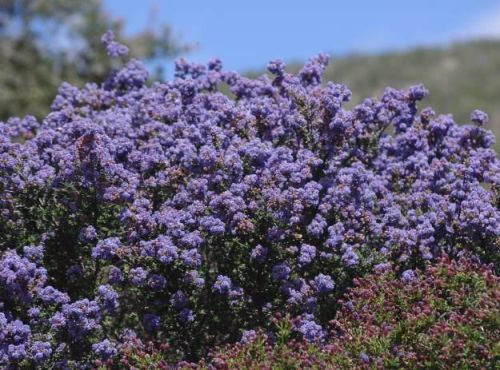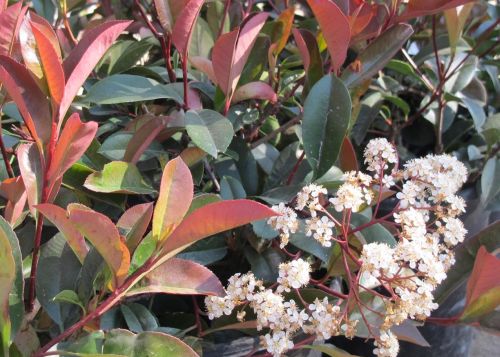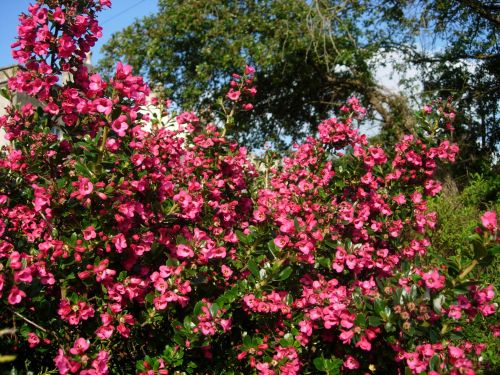It’s time to become bee-friendly! Most of us have a sense of just how important bees are for our ecosystem, not to mention our food supply. I’ve learned a lot of what I know about bees from my good friend Jordan who works as the lead horticulturalist out at Heidrun Meadery. If you haven’t already, check out our interview with Jordan last year where she sheds light on all things bees, the danger of neonicotinoids, and tips for planting habitat for bees.
Did you know that European honeybees pollinate 70% of the world’s food supply? Seventy percent! But let’s not focus only on honeybees when there are so many species of critical native bees out there as well. California with its highly diverse microclimates and ecosystems is home to 1,700 native species of bees!
The UC Berkeley Urban Bee lab tells us that while it might seem like honey bees and native bees would compete for the same food, they actually coexist quite nicely. Isn’t that nice to hear? However, bees across the board are increasingly in trouble. The more we can do to support them the better. Let’s take a look at optimal conditions for bees and how we can make them a priority in our gardens.
Bees, Foraging, and Seasonality
As we learned from Jordan, an area of about 4 feet in diameter is ideal for bee feasting. This is in part due to how far and fast bees can travel. If they have tons of food available to them in a small area, they can save energy and chomp away. At the Meadery, Jordan accomplishes this through a small field filled with rows of cut flowers that she can leave for the bees in addition to cutting and selling the flowers. Brilliant, right? At home, there are tons of creative ways to become more bee-friendly.
Thinking about seasonality is of utmost importance. In our temperate climate (especially out on the coast), we can have almost a year-round foraging season for bees. They are happiest right around 55 degrees. It therefore becomes a fun challenge to plan a garden that has elements blooming all throughout the year. Think beyond the happy summer flowers, to what is able to bloom in fall, winter, and of course spring.
Blooms throughout the Year to Feed the Bees
To keep the bees happy all year long, here is a little inspiration for plants to get.
Blooming in Late Winter: Ceanothus
When I first moved to California I was blown away by this bright purple native shrub. It can thrive even under harsh neglect (I learned this through experience, not that I’m proud of it!), and brings bright color to the garden in what feels like the dead of winter. A few plants go a long way and bees love the striking flowers.

Blooming In Spring: Photinia
We’re rich in roadside Photinia here in Sonoma County. Many people choose to trim these bushes into flat hedges, cutting off the buds and blooms. As both a florist and a bee lover, this always makes me a little sad. If left to flower and get big, these drought-tolerant bushes will explode in bee-friendly pink and white tufts throughout the spring.

Spring through Fall: Escallonia
Escallonia features bright pink trumpet-shaped flowers, perfect for bees! These shrubs are pretty fast-growing and don’t require much maintenance. For more blooms, water more frequently, but just like photinia and ceanothus, they will survive and even prosper without much water after initial establishment.

Fall: Oregano
Have you guys seen all the different types of oregano out there? Some of my favorites for floral work are ‘Kent Beauty’ and ‘Hopley’s’ – and these same gorgeous plants are much loved by bees! In fact, many of our favorite herbs, when left to flower, are highly coveted by bees. So plant your mints and oreganos and sages with abandon.

All Year Bee-friendly: Borage
Some people call borage a ‘super plant’. It has a long bloom time from spring through summer and often times beyond. It is both edible and medicinal, and is reported to provide courage to those who eat it! Bees go crazy for it and its bright little blue flowers are adorable in the garden.

This is just the tip of the iceberg for bee-friendly plants. What do you have in your garden?







 Family
Family

